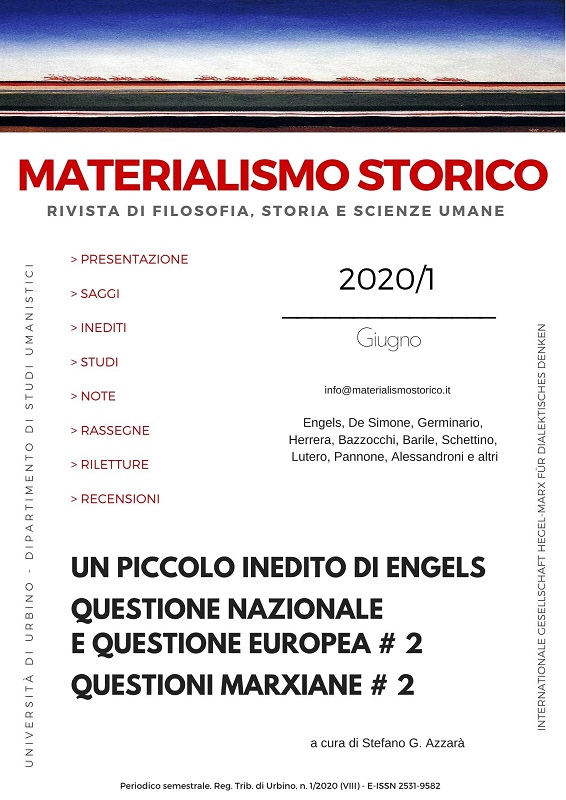Abstract
During the 19th century an interesting and original phenomenon of political medievalism developed in Sicily. The Middle Ages, especially the Norman Age and the glorious moments of the island’s history, were exploited and reworked by Bourbon policy to underline and legitimize Ferdinand I’s hegemony over Sicily, creating a parallel between the Norman kingdom of Roger II and the Bourbon kingdom. At the same time the Norman myth is reworked and used by Sicilians to ask greater autonomy for the island and to get the freedom from the Bourbon yoke and subordination to Naples.Many intellectuals and historiographers participate in this political and cultural process. In architecture medievalism is expressed in the Sicilian Neo Gothic, therefore in the re-evaluation of medieval artistic styles, which is based on the reworking of the Norman-Swabian age. Examples are the restoration of the Palermo Cathedral by Marvuglia and Palazzotto and the new constructions of palaces and private villas such as Villa Pignatelli Cortes, the Chinese Palazzina, Campofranco Palace, Domville and Donnafugata’s castle. In these monumental works we can see the influence of exotism and the political message in the Sicilian architectural culture during the 19th century and during the Risorgimento.
Medievalism; Sicily; Risorgimento; Palermo Chathedral; Marvuglia; Palazzotto; Ferdinand I; Sicilian Neo Gothic.
L'opera è pubblicata sotto Licenza Creative Commons - Attribution-NonCommercial-NoDerivatives 4.0 International (CC BY-NC-ND 4.0) che permette ad altri di condividere l'opera indicando la paternità intellettuale e la prima pubblicazione su questa rivista.
Gli autori mantengono i diritti sulla loro opera e cedono alla rivista il diritto di prima pubblicazione
